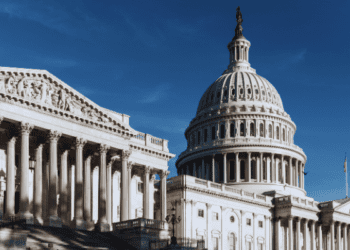Writing in the Financial Post’s letters section, former assistant deputy minister of finance Edward Neufeld cited an MLI paper on provincial solvency as an “excellent” review of how provinces are taking on excessive debt loads.
The paper, titled “Provincial Solvency and Federal Obligations”, examines the long-term debt obligations of all 10 provinces.
Author Marc Joffe finds that the probability of a default will increase to more than 50 per cent for a majority of provinces over a 30-year period. Alberta and Ontario, with probabilities of more than two-thirds, are most likely to default over that time frame.
Provincial borrowing was also the subject of an MLI video, featuring the institute’s Managing Director Brian Lee Crowley, entitled “Debtbusters: Who’re broke provinces going to call?“
Edward Neufeld, July 15, 2014
The notion that the Canadian government will likely come to the rescue if Ontario threatens to default may be a Pollyanna view of the situation. (Bond Angst Rising, July 5). Worse still, this line of thought may be pervading the bond market right now and so may explain why the interest rates on Ontario bonds have not risen more than they have in the light of the province’s fiscal outlook. And as Marc Joffe has indicated in an excellent review headed Provincial Solvency and Federal Obligations (Macdonald-Laurier Institute), it may also explain why some provinces have permitted excessive debt loads to build up B as did some countries in the European Monetary Union.
It is prudent for investors to recall 1935-1936. While the western provinces had received some loans from the federal government in the early thirties, the Alberta situation deteriorated to the point of risking a major default. After some discussion with federal authorities no assistance emerged, default occurred and bond holders suffered. Also the province was essentially shut out of the bond market until 1945.
Why no assistance? The federal government, understandably, wished to have some controlling influence over Alberta finances in return for major financial assistance and Alberta refused to have its powers compromised in this way. So the issue was not just the one of providing financial support but also that of accepting a significant shift in the federal-provincial distribution of financial powers. It is therefore prudent for investors to assume that, if a province gets to the point where it risks defaulting on its financial obligations, adequate federal assistance will not automatically be there. Furthermore, if it comes it may do so after protracted discussion of terms and conditions and constitutional implications, and so an extended period of uncertainty. During this period of confusion and uncertainty the state of the provincial bond market might not be pretty to behold. Do all provincial bond prices currently reflect this kind of uncertainty? I doubt it.
Edward Neufeld, formerly Professor of Economics, ADM of Finance Ottawa, EVP and Chief Economist Royal Bank.




